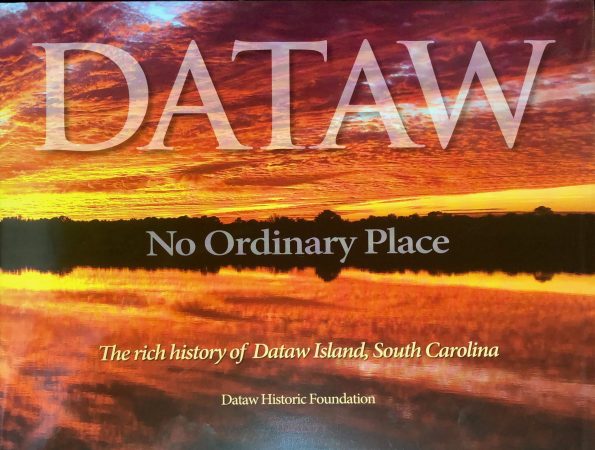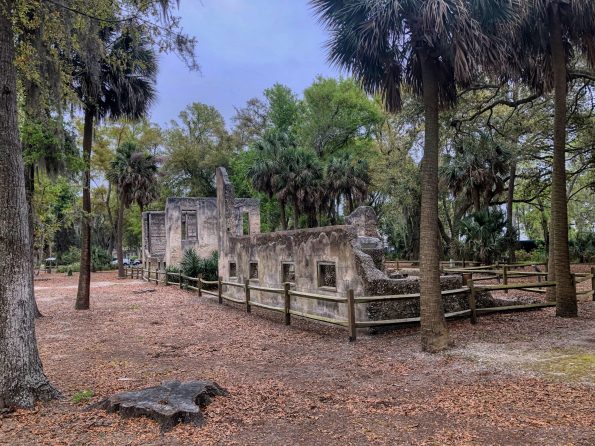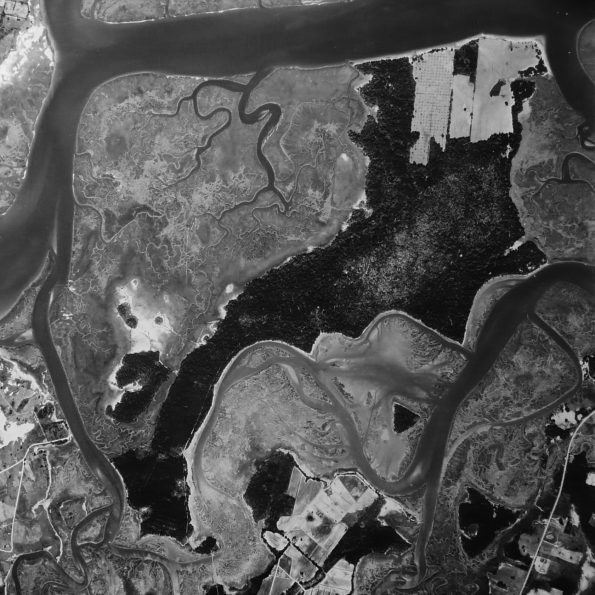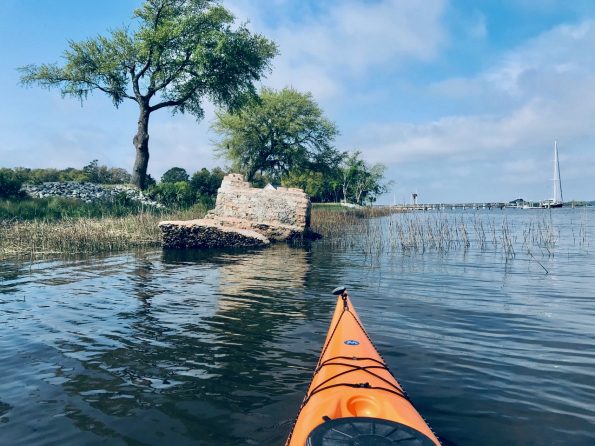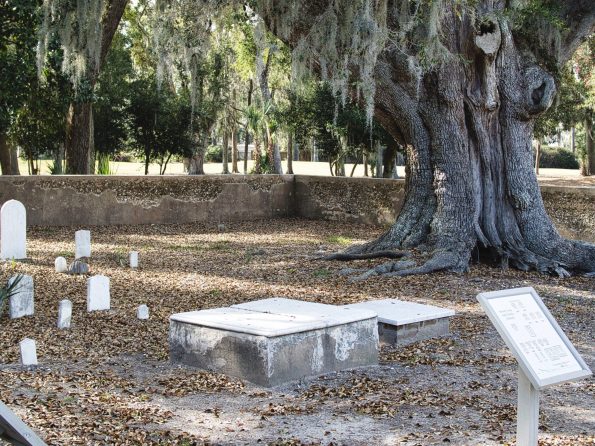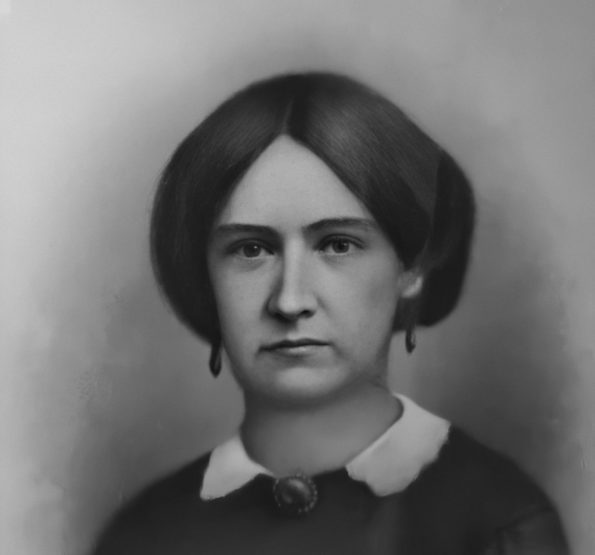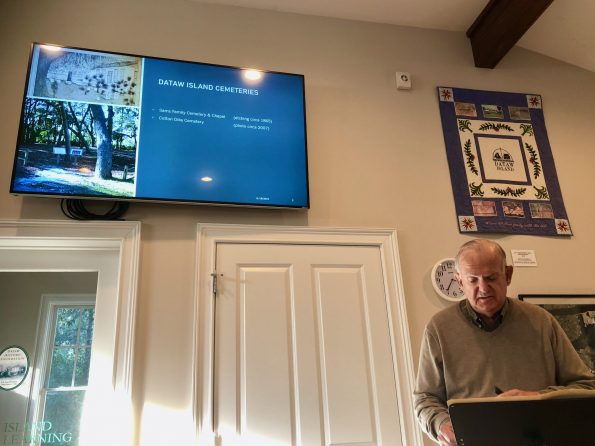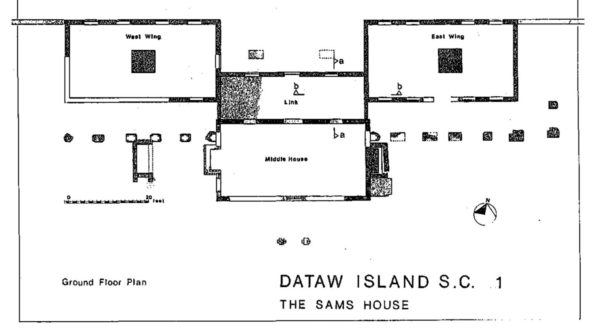William Sams, grandson of Colonel John “Tuscarora Jack” Barnwell, was born in South Carolina on April 18, 1741. With the fall of Charleston and Beaufort during the American Revolution, William was forced to leave his home on Wadmalaw Island and purchased Dataw Island in 1783. At Dataw, he began to grow Sea Island cotton. It was cotton that made the Sams family wealthy and the Beaufort region “the exclusive home of the most exclusive few of that most exclusive aristocracy.”
Articles from this era address the period 1783 to 1865.
From prehistoric times to present day, an island rich in history, mystery, and stunning natural beauty. Experience the beauty and history of Dataw Island, South Carolina in this exquisite, limited edition, historical, coffee table book. With over 200 images – from archaeological findings to Dataw’s ruins and its breathtaking natural vistas, you will enjoy and learn the depth of history that makes Dataw the special place that it is today.
Fire – Dangerous Necessity
We are fortunate to have in our Sams Plantation Complex Tabby the ruins of several chimneys. Here’s an easy question. How many pre-1820 chimneys can you see on Dataw Island today? The answer is 12!
Almost Forgotten – Of the seven sons of William and Elizabeth, four belong on our ‘almost forgotten’ list. Robert and William because they never married, and we are not sure where they are buried; maybe Datha. Francis also never married. So little is known about him, but he does have a headstone in the Sams Family Cemetery on Datha. And lastly, the wanderer, Edward. With your help, maybe someday their stories will be told.
Disaster – The Story of One Family -Disaster is relative and can mean many different things to many people. And of course, the period of the conflict between the states is rife with stories of disaster. The SAMS family had several members die in that conflict. But today I’m going to concentrate on just one Sams family; James Edings Lawrence Fripp (1816 – 1864) and his wife Evelina Edings Sams (1822 – 1861), who last so many, so young.
Francis William ‘Frank’ Sams, Jr. (1846-1921) was one of four children born to Dr. Frank Sams and his wife, but the only one to live to adulthood. He was born in Palatka, Florida and died in New Smyrna Beach, Florida – where he was “discovered” last year by Joe and Diane Roney on their road trip. From the research Joe Roney and I have done, it’s clear he was a very successful man; Confederate soldier at 15, State senator in Florida at 53.
Sarah Stanyarne Sams Sams (1840-1902) was the daughter, and last child, of Dr. Berners Barnwell Sams (1787 – 1855) and his second wife Martha Edwards (1799-1857). Married her 1C1R John Hanahan Sams (1839-1924) in 1865 and had 8 children. They stayed in the Charleston area for a while after the war, but eventually started new lives in Brevard County, FL.
The tabby ruins at the Sams Plantation Complex stand as mute evidence of a bygone era. There were two distinct ways of life which coexisted in the antebellum South. The Plantation Owner and his family were White, European-American, educated, affluent and engaged, politically, socially and culturally, in the wider community. The Slaves, on the other hand, were captured by European slavers who forcibly removed them to North and South America from all over West Africa.
THE HISTORICAL DEVELOPMENT OF DATAW ISLAND ARCHITECTURAL AND ARCHAEOLOGICAL INVESTIGATIONS AT THE SAMS PLANTATION COMPLEX This report documents architectural and archaeological data recovery that has been conducted at five historic…
THE HISTORICAL DEVELOPMENT OF DATAW ISLAND ARCHITECTURAL AND ARCHAEOLOGICAL INVESTIGATIONS AT THE SAMS PLANTATION COMPLEX This report documents architectural and archaeological data recovery that has been conducted at five historic…
THE HISTORICAL DEVELOPMENT OF DATAW ISLAND ARCHITECTURAL AND ARCHAEOLOGICAL INVESTIGATIONS AT THE SAMS PLANTATION COMPLEX This report documents architectural and archaeological data recovery that has been conducted at five historic…


